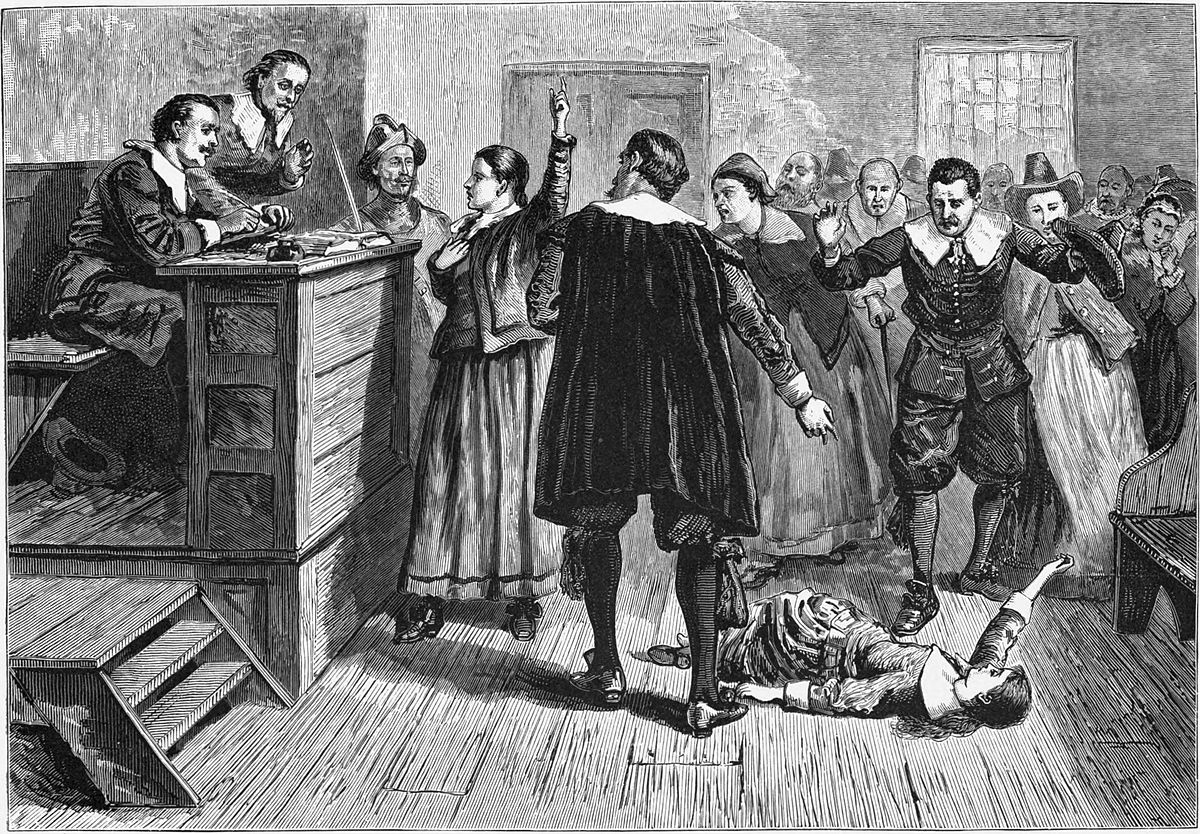Pitirim Sorokin had coined the term to criticize the misapplication of quantitative methods to sociology. Murray Rothbard borrowed it from Sorokin to describe—in his usual lampooning style—the age-old fascination with mathematical modeling of economic phenomena. In his Economic Thought Before Adam Smith he points back to Pythagoras to show the influence of number mysticism on the economic thought of Aristotle (who should have known better if we recall the quote from Ethics: “it is the mark of the educated man…”). The same tendency grips Bacon and Petty who developed ‘political arithmetic’ in the 17th century. Rothbard also identifies Bernoulli’s founding of ‘mathematical economics’ as leading the way to Walras’ ‘equilibrium theory,’ and so forth.
F.A. Hayek addressed the topic directly in The Counter-Revolution of Science, detailing the origin, thoughts, and influence of the “positivists” buoyed by a transcendent enthusiasm for the exact sciences. Gilles Paquet recently published a paper titled “Quantophrenia” to review the influence of this form of numerology on public policy.
Emile Durkheim, intellectual heir to Auguste Comte and the positivists, was invoked to shed light on the theories of Geoffrey Rose, our public health maître-à-penser. Continue reading “Quantophrenia in medicine and elsewhere”


